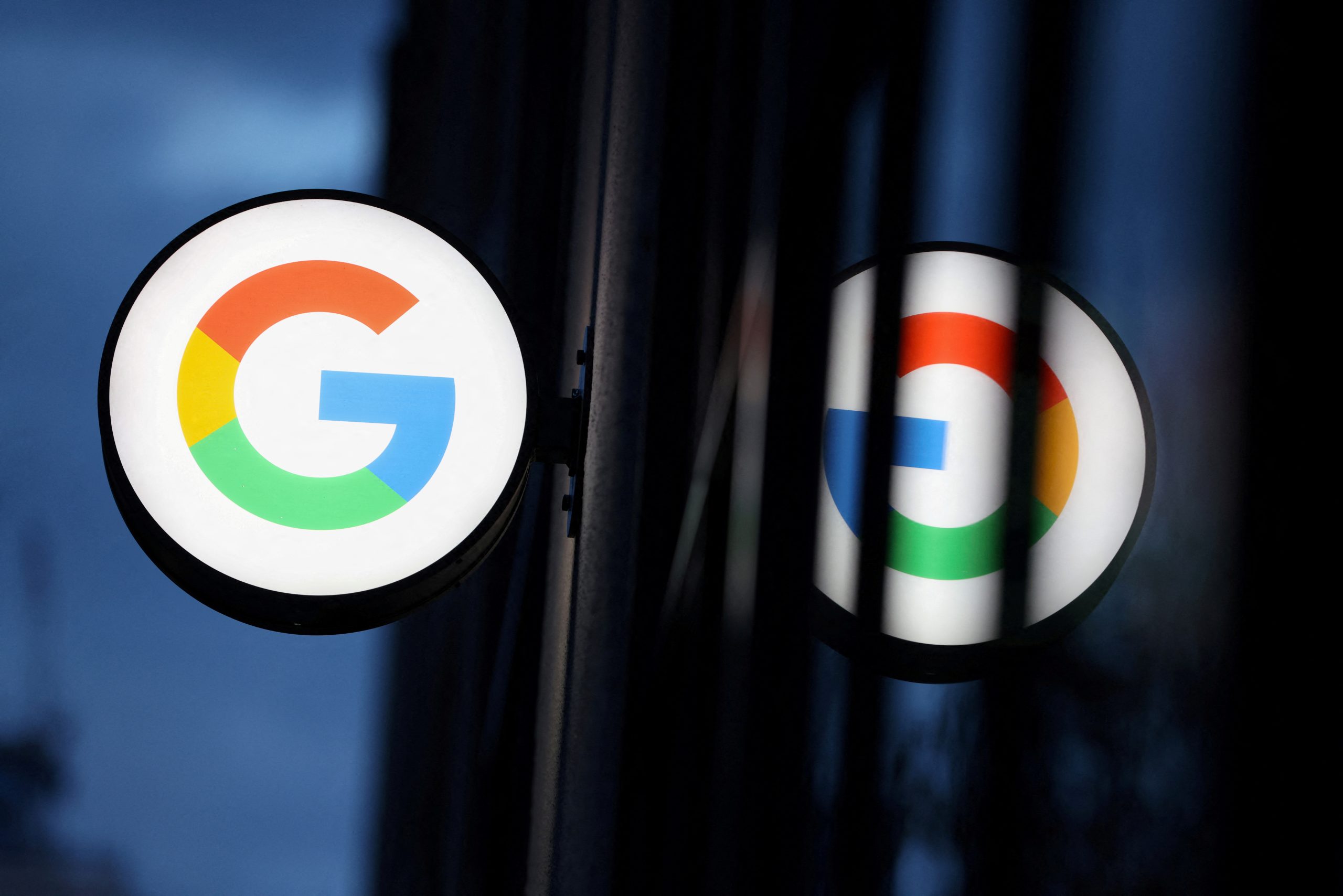Google’s grip on online advertising began long before its recent legal reckoning. Industry insiders, like Matt Wasserlauf, saw signs of monopolistic behavior as early as the DoubleClick era. Procter & Gamble had already suspected that DoubleClick’s ad services lacked transparency and potentially inflated costs.
This skepticism birthed alternatives like Vindico to add accountability. Even then, concerns about Google’s intentions in ad tech were simmering, especially as the company moved swiftly to acquire powerful tools and platforms across the digital ad ecosystem.
Strategic Acquisitions and Secret Tactics Enabled Google’s Grip on Digital Ad Auctions
The 2008 acquisition of DoubleClick was just the beginning. Google later bought Admeld, a key supply-side platform, under the guise of helping publishers. Internally, however, it viewed the purchase as a tactical move to maintain control. With Admeld, Google could buy low from publishers, sell high to advertisers, and profit off the margin while maintaining opacity. Many publishers, seeing the writing on the wall, abandoned Admeld, fearing it was just another cog in Google’s broader scheme to dominate the ad supply chain.

By 2013, Google had shut down Admeld and escalated its control tactics. It began manipulating auctions using secretive internal programs like “Bernanke” and “Bell,” which either inflated bids or punished publishers working with rivals.
These systems allowed Google to tilt ad auctions in its favor, making its marketplace appear superior and discouraging publishers and advertisers from working with competitors. Despite widespread unease, many in the ad industry stayed silent or complicit — whether out of ignorance, willful blindness, or profit-driven motivations.
Header Bidding Rises, but Google Strikes Back to Maintain Auction Market Supremacy
In response to Google’s market dominance, publishers introduced header bidding in 2014, a strategy allowing fair competition among ad exchanges. It temporarily disrupted Google’s dominance and boosted publisher revenue. But Google responded aggressively: first with DFP First Look, then with Open Bidding, both designed to reassert its auction advantage.
Eventually, it launched Project Poirot and Unified Pricing Rules — initiatives aimed at weakening or eliminating header bidding entirely. These moves further stifled competition and cemented Google’s supremacy in ad tech auctions.
For many publishers, Google’s heavy-handed tactics became untenable. European publishers like DPG Media, led by Stefan Havik, began actively reducing their dependence on Google, recognizing the long-term risk of surrendering autonomy.
What started as industry whispers about Google’s unchecked power has now become formal legal accusations and courtroom battles. Judge Leonie Brinkema’s recent ruling confirms what many in the industry long suspected: Google leveraged its position, acquisitions, and control over the digital ad stack to illegally cement its monopoly.




